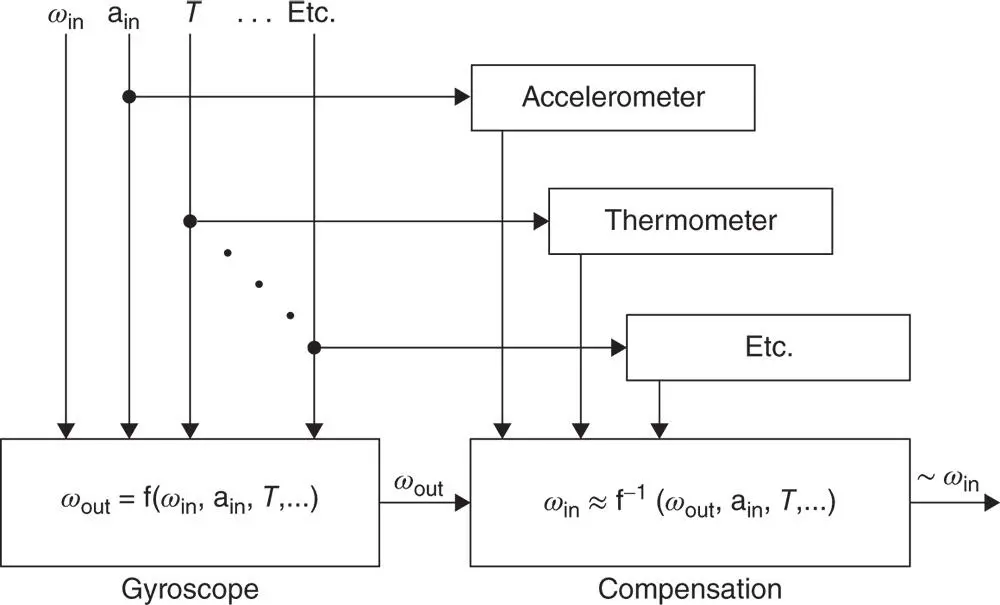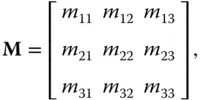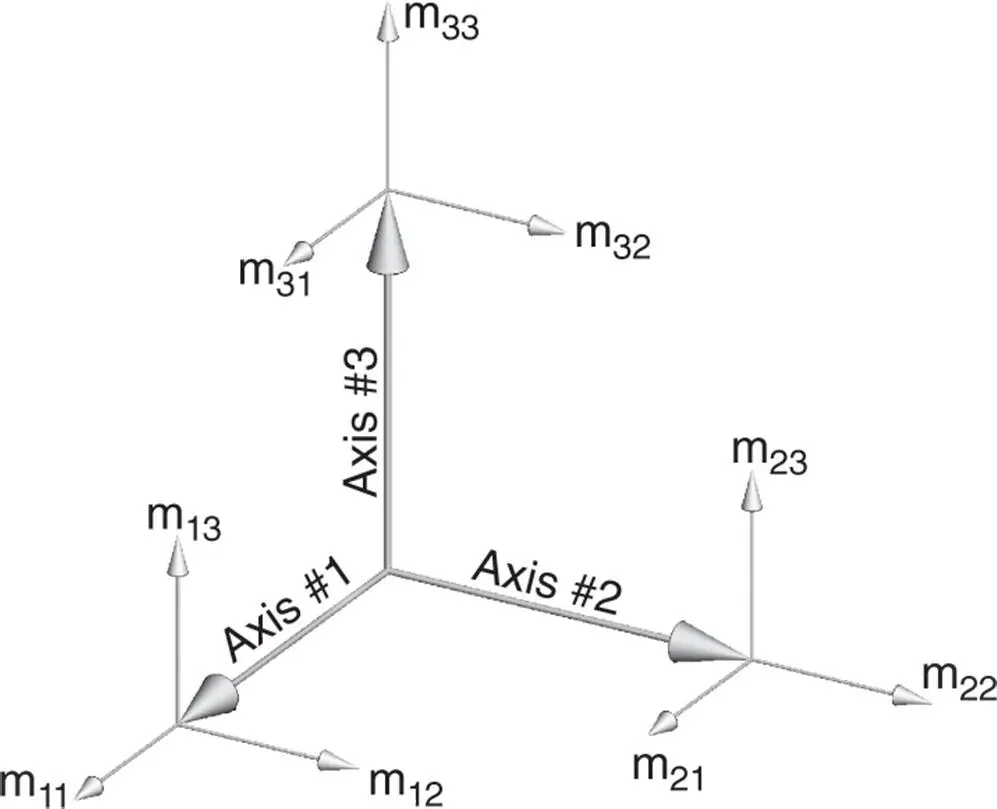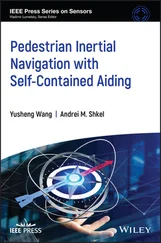Mohinder S. Grewal - Global Navigation Satellite Systems, Inertial Navigation, and Integration
Здесь есть возможность читать онлайн «Mohinder S. Grewal - Global Navigation Satellite Systems, Inertial Navigation, and Integration» — ознакомительный отрывок электронной книги совершенно бесплатно, а после прочтения отрывка купить полную версию. В некоторых случаях можно слушать аудио, скачать через торрент в формате fb2 и присутствует краткое содержание. Жанр: unrecognised, на английском языке. Описание произведения, (предисловие) а так же отзывы посетителей доступны на портале библиотеки ЛибКат.
- Название:Global Navigation Satellite Systems, Inertial Navigation, and Integration
- Автор:
- Жанр:
- Год:неизвестен
- ISBN:нет данных
- Рейтинг книги:4 / 5. Голосов: 1
-
Избранное:Добавить в избранное
- Отзывы:
-
Ваша оценка:
Global Navigation Satellite Systems, Inertial Navigation, and Integration: краткое содержание, описание и аннотация
Предлагаем к чтению аннотацию, описание, краткое содержание или предисловие (зависит от того, что написал сам автор книги «Global Navigation Satellite Systems, Inertial Navigation, and Integration»). Если вы не нашли необходимую информацию о книге — напишите в комментариях, мы постараемся отыскать её.
GNSSs including GPS, Glonass, Galileo, BeiDou, QZSS, and IRNSS/NAViC,
and MATLAB programs on square root information filtering (SRIF)
This book provides readers with solutions to real-world problems associated with global navigation satellite systems, inertial navigation, and integration. It presents readers with numerous detailed examples and practice problems, including GNSS-aided INS, modeling of gyros and accelerometers, and SBAS and GBAS. This revised fourth edition adds new material on GPS III and RAIM. It also provides updated information on low cost sensors such as MEMS, as well as GLONASS, Galileo, BeiDou, QZSS, and IRNSS/NAViC, and QZSS. Revisions also include added material on the more numerically stable square-root information filter (SRIF) with MATLAB programs and examples from GNSS system state filters such as ensemble time filter with square-root covariance filter (SRCF) of Bierman and Thornton and SigmaRho filter.
Global Navigation Satellite Systems, Inertial Navigation, and Integration, 4th Edition Updates on the significant upgrades in existing GNSS systems, and on other systems currently under advanced development Expanded coverage of basic principles of antenna design, and practical antenna design solutions More information on basic principles of receiver design, and an update of the foundations for code and carrier acquisition and tracking within a GNSS receiver Examples demonstrating independence of Kalman filtering from probability density functions of error sources beyond their means and covariances New coverage of inertial navigation to cover recent technology developments and the mathematical models and methods used in its implementation Wider coverage of GNSS/INS integration, including derivation of a unified GNSS/INS integration model, its MATLAB implementations, and performance evaluation under simulated dynamic conditions
is intended for people who need a working knowledge of Global Navigation Satellite Systems (GNSS), Inertial Navigation Systems (INS), and the Kalman filtering models and methods used in their integration.

 one‐half least significant bit (LSB) of the digitized output, but the variance of cumulative errors from independent sample‐to‐sample A/D conversion errors can grow linearly with time.
one‐half least significant bit (LSB) of the digitized output, but the variance of cumulative errors from independent sample‐to‐sample A/D conversion errors can grow linearly with time.
 ” allows for the effects of more variables to be compensated. The functional characterization is usually done using a set of controlled input values and measured output values. The next problem is to determine its inverse,
” allows for the effects of more variables to be compensated. The functional characterization is usually done using a set of controlled input values and measured output values. The next problem is to determine its inverse,
 (sensor output),
(sensor output),  (compensated accelerometer output) and
(compensated accelerometer output) and  (temperature) in this example.
(temperature) in this example.
 is common to all sensors of the same design, then this only has to be done once. Otherwise, it can become expensive.
is common to all sensors of the same design, then this only has to be done once. Otherwise, it can become expensive.

 is a vector representing the inputs (accelerations or rotation rates) to three inertial sensors with nominally orthogonal input axes,
is a vector representing the inputs (accelerations or rotation rates) to three inertial sensors with nominally orthogonal input axes,  is a vector representing the corresponding outputs,
is a vector representing the corresponding outputs,  is a vector of sensor output biases, and the corresponding elements of
is a vector of sensor output biases, and the corresponding elements of  are labeled in Figure 3.7.
are labeled in Figure 3.7.
 and
and  of this model can be estimated from observations of sensor outputs when the inputs are known, the process called calibration.
of this model can be estimated from observations of sensor outputs when the inputs are known, the process called calibration.
 gyroscopes or accelerometers, the effects of individual biases, scale factors, and input axis misalignmentscan be modeled by an equation of the form
gyroscopes or accelerometers, the effects of individual biases, scale factors, and input axis misalignmentscan be modeled by an equation of the form
 is the Moore–Penrose pseudoinverse of the corresponding
is the Moore–Penrose pseudoinverse of the corresponding  , which can be determined by calibration.
, which can be determined by calibration.










